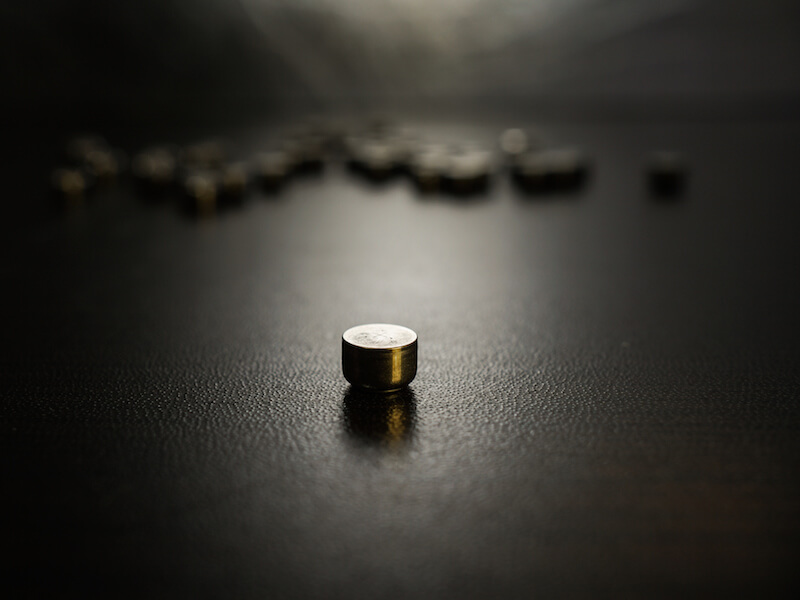
From phones to cameras to music players, how we power our electronics has evolved. For decades, people looking to manage hearing loss have hoped for a similar advancement, and the industry is finally realizing the promise of a robust rechargeable hearing aid battery.
Size 312 batteries are the most prevalent of the disposable batteries that have typically been used to power hearing aids. The most prominent form of this battery, now, is “zinc-ion”.
Disposable Hearing Aids Have a Downside
As the name would imply, a zinc-air battery is impacted by the presence of air. The user has to tear a little tab off the back of a 312 zinc-air battery in order to activate it.
The moment it is fully oxygenated, it begins to lose power. So the power is draining even if the user isn’t actively using it.
Most users consider the length of life to be the most significant disadvantage of disposable batteries. With 312 batteries, the user might be changing the batteries in their hearing aids about 120 times every year because they die in 3 to 12 days according to some reports.
That also means users may need to buy 120 batteries, spend the time twice every week to change them, and properly dispose of each. That’s probably over $100 in batteries from a cost outlook alone.
Advancements in Rechargeable Batteries
Luckily, for hearing aid wearers looking for another alternative, there have been significant developments to rechargeable hearing aids that now make them a feasible option.
The vast majority of people would wear rechargeable hearing aids if given an alternative according to some research. Until now these models have historically struggled to supply a long enough charge to make them worthwhile. But today’s rechargeable batteries will hold a charge all day without needing a recharge.
Users won’t see significant cost benefits by switching to rechargeable batteries, but where they will see a demonstrated improvement is in quality of life.
On top of providing 24 hours of use time, these new models result in less frustration for the user, since there’s no more swapping and correctly disposing of batteries. They just need to place the battery on the charger.
When a disposable battery gets near the end of its life it won’t run your hearing aid at full capacity. There’s also no real way to identify how near to being inoperable the battery actually is. So the batteries might die at the precise moment that a user needs them the most which could even put them in peril. A faulty battery will not only result in a safety concern, it could cause the user to miss out on important life moments.
Hearing Aids Come in Different Types
There are distinct advantages to each of the different materials that rechargeable batteries are constructed from. The ability to maintain a charge for 24 hours is one reason why integrated lithium-ion batteries are one practical option that manufacturers supply. And cellphones are powered by this same type of battery which may be surprising.
Another kind of modern rechargeable battery is a silver-zinc. Initially, these innovative batteries were manufactured for Nasa’s moon missions. With this technology, even your current hearing aids can probably be updated to run on rechargeable power. Just like lithium-ion, silver-zinc can also supply enough power to last you all day.
There are also models that let you recharge the hearing aid without removing the battery at all. For these, users will place the entire hearing aid into a charging station when they sleep or during another time when the device isn’t in use.
Whichever solution you choose, rechargeable batteries will be substantially better than disposable batteries. You just have to do some research to decide which option is ideal for your needs.
If you’re searching for more information about hearing aid technology or how to pick the proper hearing aid to meet your needs, we encourage you to look at our hearing aids section.